emmy_r
TPF Noob!
- Joined
- Jun 4, 2009
- Messages
- 7
- Reaction score
- 0
- Can others edit my Photos
- Photos OK to edit
I just got a Canon EOS Rebel XS and I really would like to figure out how to superimpose images.
I am pretty sure that it is called superimposing.
here is an example of what I want to do (not my own work)
post secret, three. on Flickr - Photo Sharing!
237.365 i've got a secret. on Flickr - Photo Sharing!
I think it is cool how she has two sets of her legs in the same picture...and how she has her face down and up in the same picture...
anyways...is there a way to do this on a digital slr camera? or is this just something you can do in photoshop or something like that? Either way could someone explain how to do it...or perhaps provide me with a link that will help?
also...she has several other pictures that she has that are similar to this one...
331.365 there are demons in my head, on Flickr - Photo Sharing!
Any help would be much appreciated...
I am pretty sure that it is called superimposing.
here is an example of what I want to do (not my own work)
post secret, three. on Flickr - Photo Sharing!
237.365 i've got a secret. on Flickr - Photo Sharing!
I think it is cool how she has two sets of her legs in the same picture...and how she has her face down and up in the same picture...
anyways...is there a way to do this on a digital slr camera? or is this just something you can do in photoshop or something like that? Either way could someone explain how to do it...or perhaps provide me with a link that will help?
also...she has several other pictures that she has that are similar to this one...
331.365 there are demons in my head, on Flickr - Photo Sharing!
Any help would be much appreciated...


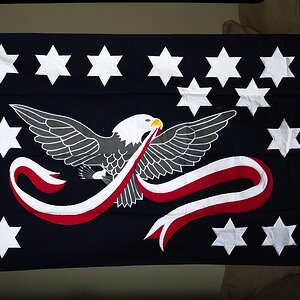
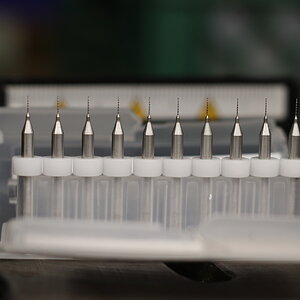
![[No title]](/data/xfmg/thumbnail/38/38738-7933157d1b8968c986eeeab2d1828524.jpg?1619738703)
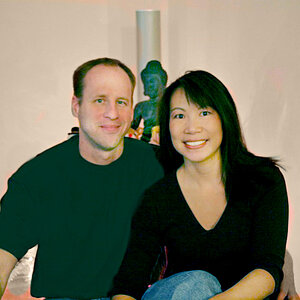

![[No title]](/data/xfmg/thumbnail/42/42060-f597479f8fd78d4bb4d17e7686fb0812.jpg?1619739996)
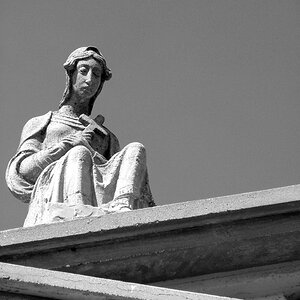
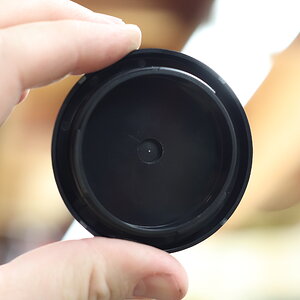
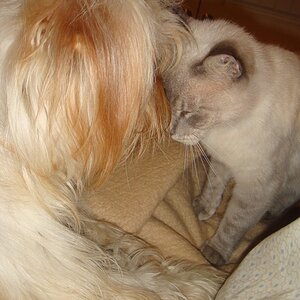
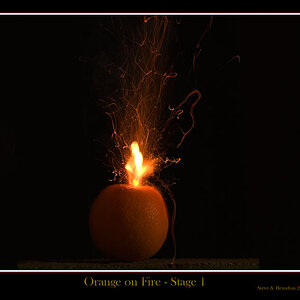
![[No title]](/data/xfmg/thumbnail/42/42058-8597ac0f687fb4007aa3ca0210936f04.jpg?1619739994)
